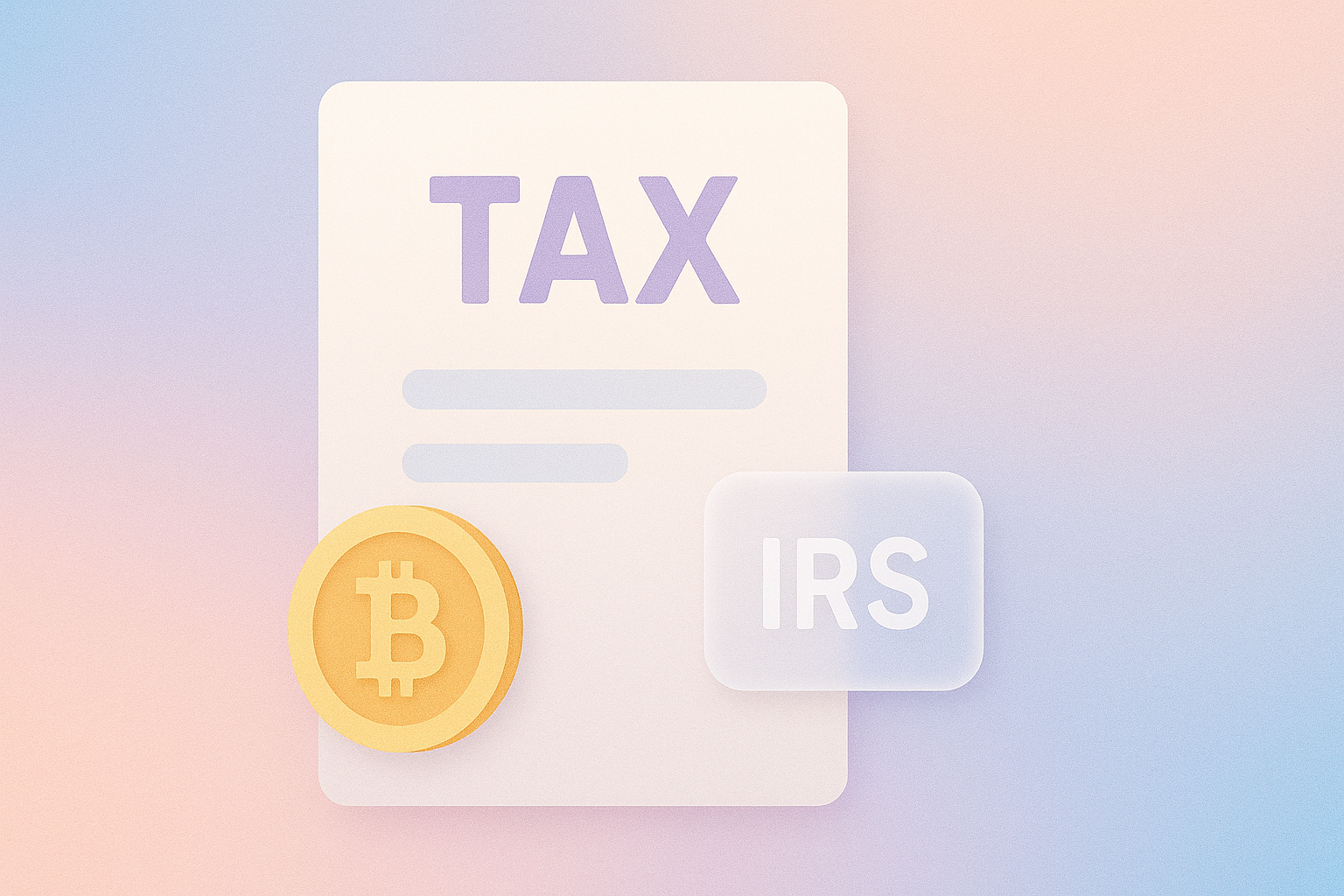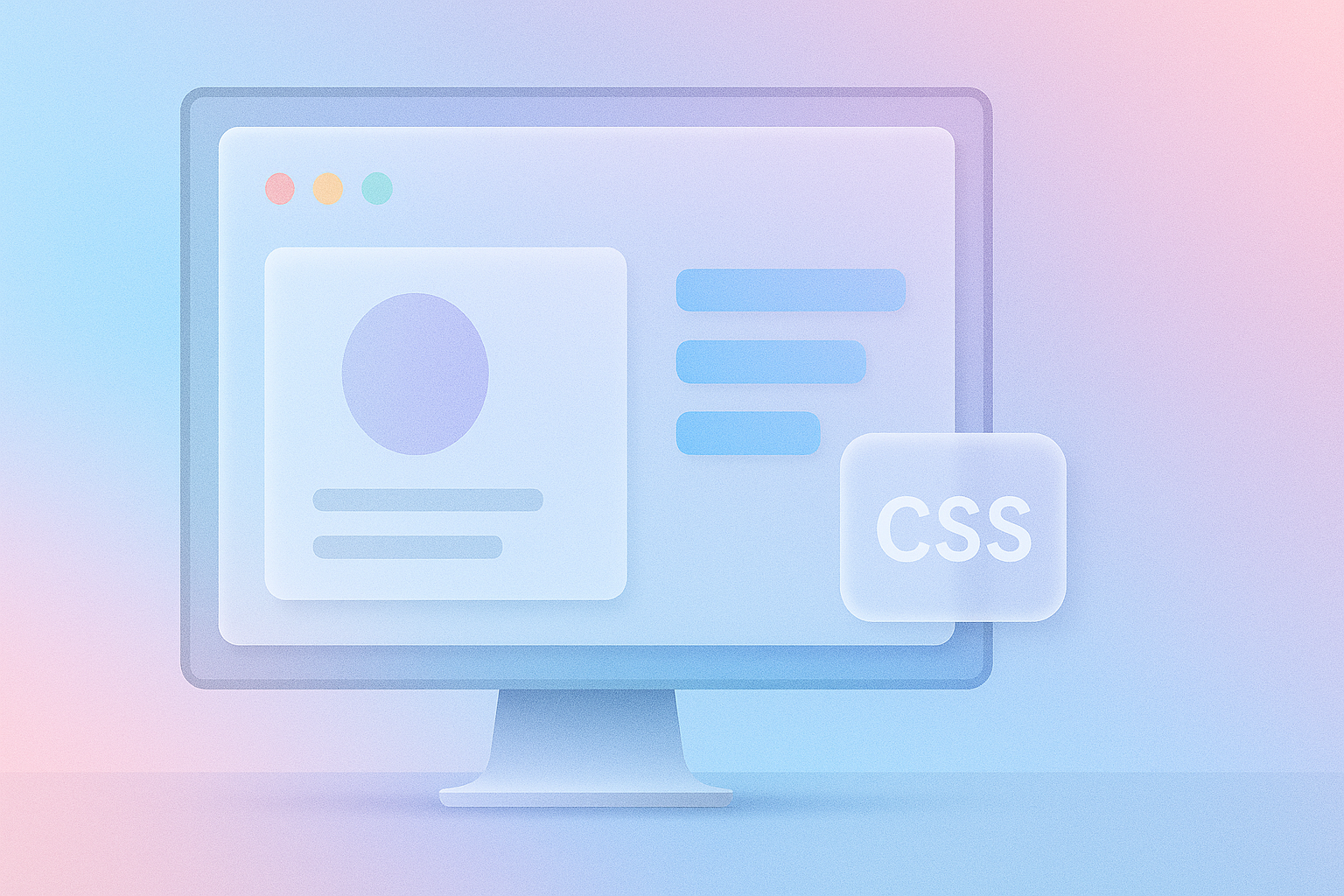
Picture this: your car breaks down, your job suddenly shifts, or a surprise medical bill lands in your inbox. Now what?
If your answer is “panic,” you’re not alone. A recent study found that nearly 60% of millennials don’t have enough saved to cover a $1,000 emergency. But here’s the good news: building an emergency fund is possible—even if your budget feels like a joke right now.
This guide isn’t about skipping lattes or lecturing you. It’s about giving you real, doable strategies to help you save for life’s curveballs—without losing your mind (or your coffee).
💡 Why Every Millennial Needs an Emergency Fund
Let’s be honest—life doesn’t wait for you to be “financially ready.”
- Job layoffs happen
- Unexpected bills show up
- Mental health breaks are sometimes necessary
An emergency fund gives you freedom. It’s not just about the money—it’s about buying time, reducing stress, and giving Future You a fighting chance.
So what is an emergency fund, exactly?
It’s a stash of easily accessible money (ideally 3–6 months’ worth of expenses) that covers unplanned but necessary expenses—not a new phone or last-minute vacation.
🧮 How Much Should You Save?
Start with a mini-goal:
🎯 $500–$1,000 — enough to cover minor emergencies like car repairs or medical co-pays.
Then build toward a core goal:
🎯 3–6 months of living expenses — rent, food, utilities, minimum loan payments.
💬 “But what if I can’t even save $50 right now?”
Keep reading. You can start with $5.
📉 Step 1: Track Where Your Money’s Actually Going
You can’t save what you don’t know you’re spending.
Use tools like:
- Mint (free and beginner-friendly)
- You Need A Budget (YNAB)
- Your bank’s built-in tracker
Look for “leaks”:
🍕 5 food deliveries a week? That’s your emergency fund.
🎮 Subscription you forgot? Cancel it, and boom—more savings.
No shame. Just awareness.
💰 Step 2: Start Pain-Free Micro-Saving
Saving doesn’t have to hurt. Automate small transfers so you barely feel it.
Try this:
- ✅ Auto-transfer $10 every Friday to a separate savings account
- ✅ Use apps like Qapital or Chime that round up spare change
- ✅ Move any windfalls (refunds, rebates, birthday money) straight to savings
Even $3/day adds up to over $1,000/year. That’s your safety net forming—quietly, consistently.
🏦 Step 3: Create a “No-Touch” Emergency Fund
Out of sight, out of temptation.
Set up a separate high-yield savings account—one that’s:
- Not tied to your debit card
- Slightly inconvenient to access (but not too hard)
- Earning at least 4–5% interest (check Ally, Marcus, SoFi)
Name it something motivational like “Peace of Mind” or “Future Me Fund.”
It helps—trust us.
📆 Step 4: Make It a Habit, Not a Hustle
Emergency funds aren’t built overnight—but they are built on rhythm.
Build the habit:
- Add a line in your budget for emergency savings
- Increase your transfer amount each quarter
- Do a monthly check-in to celebrate progress
Even if you start with $10/month, you’re doing something your past self wished they started.
🎯 Step 5: Keep Your Fund Sacred
Only dip into it for true emergencies. Not concert tickets. Not last-minute travel.
Real talk: You’re building resilience, not rewards.
If you use it, that’s fine—it worked. Just prioritize rebuilding it when you can.
✨ Quick Tips to Save More Without Feeling Broke
- 💸 Declutter and sell old clothes, gadgets, or furniture
- ☕ Swap one luxury/week (like delivery) and bank the difference
- 📅 Join a “No-Spend Weekend” challenge once a month
- 👯 Buddy up with a friend to keep each other motivated
🛑 What Not to Do
- ❌ Don’t keep your emergency fund in cash at home
- ❌ Don’t invest it in stocks (too risky)
- ❌ Don’t delay starting because “it’s not enough”
$10 is always better than $0.
Final Word: You’re Not Behind—You’re Starting
You don’t need to be rich to build security. You just need consistency, clarity, and a little creativity.
Saving money when you’re already stretched is an act of hope. And the sooner you start—even with a single dollar—the sooner you start rewriting your financial story.
Today’s emergency fund = tomorrow’s peace of mind.
🌐 External Resources:
- https://www.consumerfinance.gov: Emergency savings resources
- https://www.ramseysolutions.com: Savings calculators and advice




